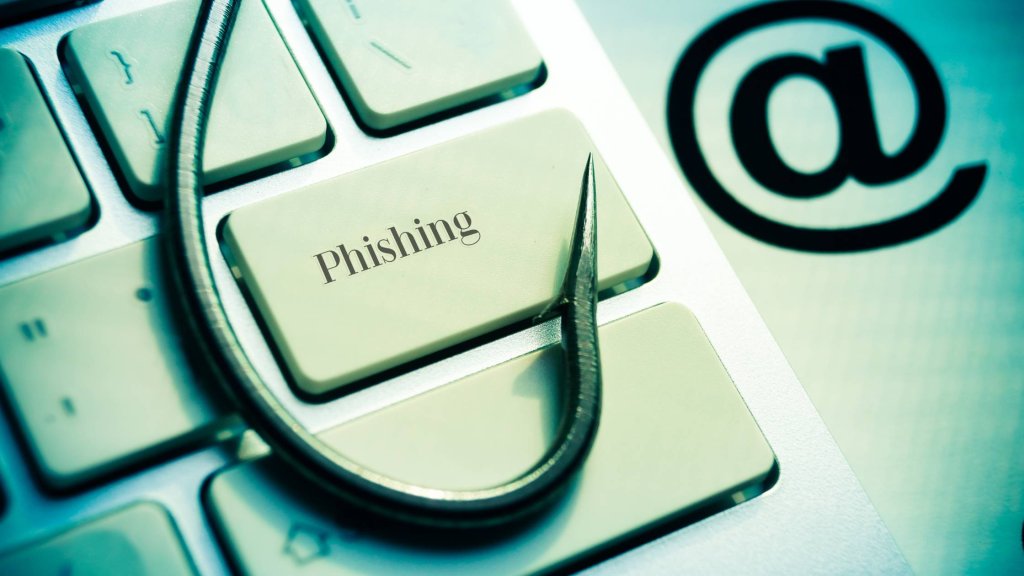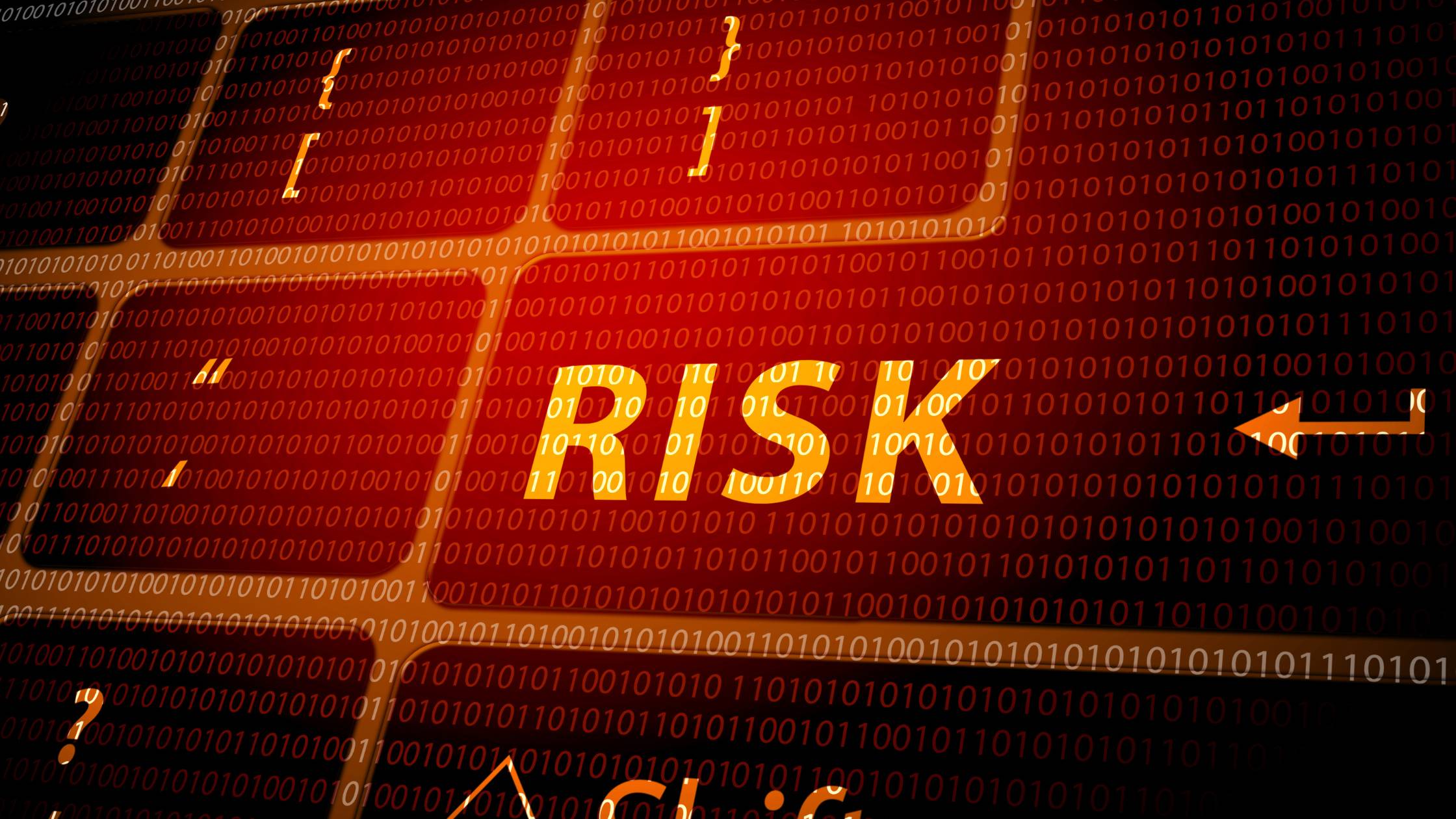VIEW BY TOPIC
- Finding Customers
- Business Systems
- Managing Employees
- Leadership
- Managing Money
Related Posts

Ready to Grow Your Business Fast?
Here’s How I Grew Five Businesses, and Eventually Sold One to a Fortune 500 Company.

Protect Your Business from Spear Phishing Attacks
Spear phishing has become a prevalent and sophisticated form of cyber attack that businesses must be aware of in order to protect themselves and their sensitive information. Spear phishing involves a targeted email or message that appears to come from a trustworthy source, such as a co-worker or business partner, but actually contains malicious content. This can include links to fake websites, malware, or requests for sensitive information. The consequences of falling victim to spear phishing can be severe, including data breaches, financial loss, and damage to a company’s reputation. In this article, we will explore what spear phishing is, how it works, and most importantly, how businesses can detect and protect themselves from these attacks. By staying informed and implementing effective security measures, businesses can reduce the risk of falling victim to spear phishing and keep their data and systems secure.
What is Spear Phishing?

Spear phishing is a targeted form of phishing that is directed towards a specific individual or group within an organization. The attacker usually gains access to personal information about the target, such as their name, email address, job title, and company information. The attacker then uses this information to create a convincing email or message that appears to be legitimate, which often tricks the target into revealing sensitive information or installing malware on their device.
Unlike regular phishing, spear phishing is personalized, making it more difficult to detect. Emails are often designed to look like they come from a trusted source, such as a colleague or a well-known company, which increases the chances of the target falling for the scam.
Why is It so Dangerous?
Spear phishing is a dangerous type of cyber attack because it is highly targeted and tailored to the victim. Unlike traditional phishing attacks that rely on mass emails sent to a large number of recipients, spear phishing targets specific individuals or groups within an organization. This means that the attacker has done their research and has enough information about the victim to make the attack appear credible and convincing.
Spear phishing can also be used as a stepping stone to launch further attacks within an organization, such as a ransomware attack. This can result in significant financial losses, reputational damage, and legal liabilities for the targeted business.
Spear Phishing Attacks Sometimes Succeed
Spear phishing attacks can have serious consequences for businesses. In 2014, a spear phishing attack targeted Sony Pictures Entertainment, resulting in the theft of confidential data, including personal information about employees and unreleased movies. The attack was attributed to North Korea and caused significant reputational damage to the company.
In 2016, the Democratic National Committee (DNC) was targeted by a spear phishing attack that resulted in the release of thousands of sensitive emails. The attack was attributed to Russian hackers and was believed to have been an attempt to influence the outcome of the US presidential election.
These examples highlight the serious consequences of successful phishing attacks and why they are becoming a growing threat to businesses.
How Can You Detect Spear Phishing?
Understanding the enemy is the first step to fighting it. If you can detect a phishing attack, and know the signs to look for, you are on your way to protecting yourself and your business from this deadly threat. Here are some ways to detect this:
1. Check the sender’s email address: The sender’s email address may appear to be legitimate at first glance, but upon closer inspection, you may notice slight variations or misspellings that indicate it is a fake email address.
2. Look for urgent or unusual requests: Emails often contain urgent or unusual requests, such as asking you to click on a link or download an attachment immediately.
3. Pay attention to the content of the message: Emails often use persuasive language to encourage you to take action, such as offering a special promotion or threatening to cancel your account.
4. Check the links: Hover over any links in the email to see the URL it points to. If the URL looks suspicious or different from the official website, it is likely a phishing attempt.
5. Verify the request: If you receive an email requesting sensitive information or an action that seems unusual, contact the sender using a separate communication channel (e.g., phone call) to verify the request.
6. Check for grammar and spelling errors: Phishing emails often contain grammar and spelling errors or awkward phrasing that indicates it is not from a legitimate source.
Overall, it’s important to be cautious and skeptical of any unsolicited emails, especially those that ask for sensitive information or unusual actions. Trust your instincts and take steps to verify the request before taking any action.
How Can You Prevent Spear Phishing?

The good news is, you can act to prevent spear phishing attacks. Preventing spear phishing attacks requires a combination of employee education, strong security measures, and regular testing and evaluation of security measures.
Employee education and training are essential in preventing spear phishing attacks. Employees need to be educated on the risks of spear phishing and how to identify suspicious emails. Effective training methods include simulations and hands-on training that teach employees how to recognize phishing emails and what to do if they receive one.
Strong security measures are also essential in preventing spear phishing attacks. Multi-factor authentication is a highly effective security measure that adds an extra layer of protection to login credentials. In addition to multi-factor authentication, implementing a biometric pass solution can provide an even stronger defense against phishing attempts by leveraging unique biometric traits like fingerprints or facial recognition, ensuring secure and reliable user authentication and reducing the risk of unauthorized access to sensitive information and accounts. Anti-phishing software is another effective tool that can detect and block phishing emails.
Regular testing and evaluation of security measures are also essential. Regular testing can identify vulnerabilities in security measures and enable businesses to make necessary adjustments to prevent future attacks. Best practices for evaluating the effectiveness of security measures include penetration testing and vulnerability assessments.
Conclusion
Phishing attacks pose a significant threat to businesses, and the consequences of a successful attack can be severe. However, by implementing employee education and training, strong security measures, and regular testing and evaluation of security measures, businesses can reduce their risk of falling victim to these attacks. It’s essential for businesses to keep up-to-date with the latest security measures to ensure they stay protected from the evolving threat of phishing attacks.














